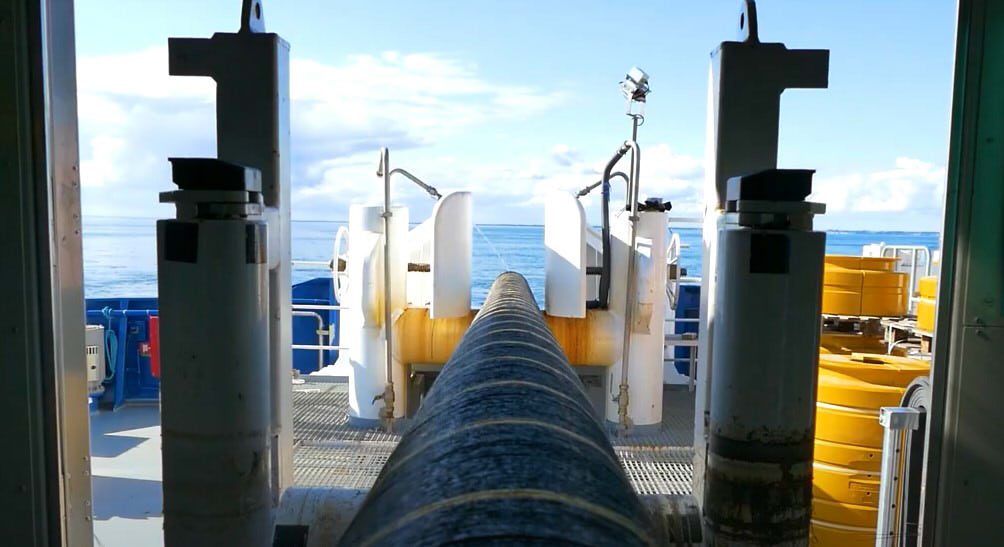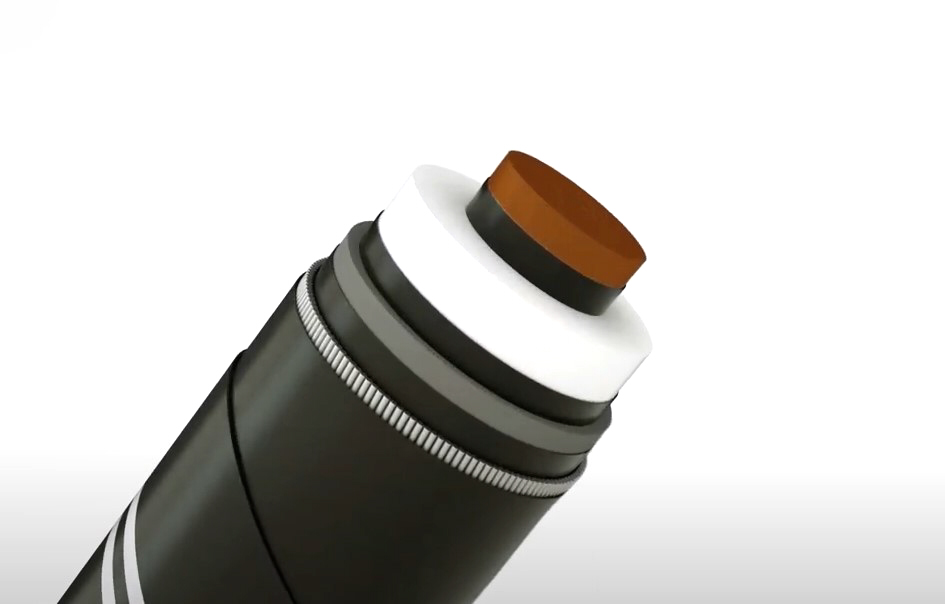NKT is supplying the first HVDC cable (high voltage dc cable) of the world made with low-carbon copper to Dogger Bank C. The 320kV HVDC cable is developed by SSE Renewables, Equinor and Eni Plenty.
Low Carbon Copper Wire Helps Protect the Environment

According to NKT, the use of low carbon copper will reduce the HV cable system by more than 23.000 tons of carbon dioxide equivalent. This is equivalent to the emissions of 7.700 average domestic cars in a year.
The low-carbon copper used in the cable comes from the Boliden Aitik mine, in the north of sweden. The vehicles in this mine run on pure electricity. Copper cathodes are transported by electric train from the mine to Elcowire, a Helsingborg. Over there, produce low carbon copper conductors in an efficient process.
It has been verified by a third party that the carbon footprint of low-carbon copper use is less than half that of standard copper. The high-voltage cable is manufactured at the NKT plant in Karlskrona (Sweden). The plant uses electricity 100% renewable. The installation of the Dogger Bank C cable system in the North Sea will be carried out by the NKT Victoria. The is one of the most efficient cable laying vessels in the world.
When fully operational, Dogger Bank Wind Farm will be the world's largest offshore wind farm. It is expected to provide the equivalent of green electricity to 6 million UK households.
Claes Westerlind, Director of NKT Solutions, states that NKT has been a key partner in Europe's transition to renewable energy for many years, especially in the field of offshore wind energy. And NKT will continue to work for sustainable development. as first great cable manufacturer as a founding member of the Net Zero electricity agreement together with other companies in the energy sector, is committed to science-based environmental initiatives.
HVDC Cables for La Descarbonización
HVDC underground and submarine cables are an important technology for transmitting renewable electricity over long distances.. It has low loss characteristics and, so, can contribute to decarbonization. in the last 20 years, the number of HVDC cable systems installed worldwide has grown exponentially.

Los HV DC cables have reduced losses compared to HVAC cables (AC high voltage cables). This means that it requires less power generation to transmit the same amount of electricity.. This means savings in fossil fuel consumption and CO2 emissions when using fossil fuel power plants..
Besides, connecting huge amounts of renewable energy located in remote areas to the grid often requires high-voltage cables. HVDC cables allow the integration of large sections of electrical systems. This makes the DC transmission high voltage lines sea a key factor in decarbonization.
The EU's quest for decarbonisation and the green transition is more urgent. The European Commission has identified offshore renewable energies as a fundamental way to achieve a clean energy transition. And the PRO-MOTION project financed by the EC, illustrates the benefits of HVDC cable technology for reliably connecting offshore renewable energy sources. From this perspective, DC high voltage cable technology also contributes to realizing the UN sustainable development goals.
